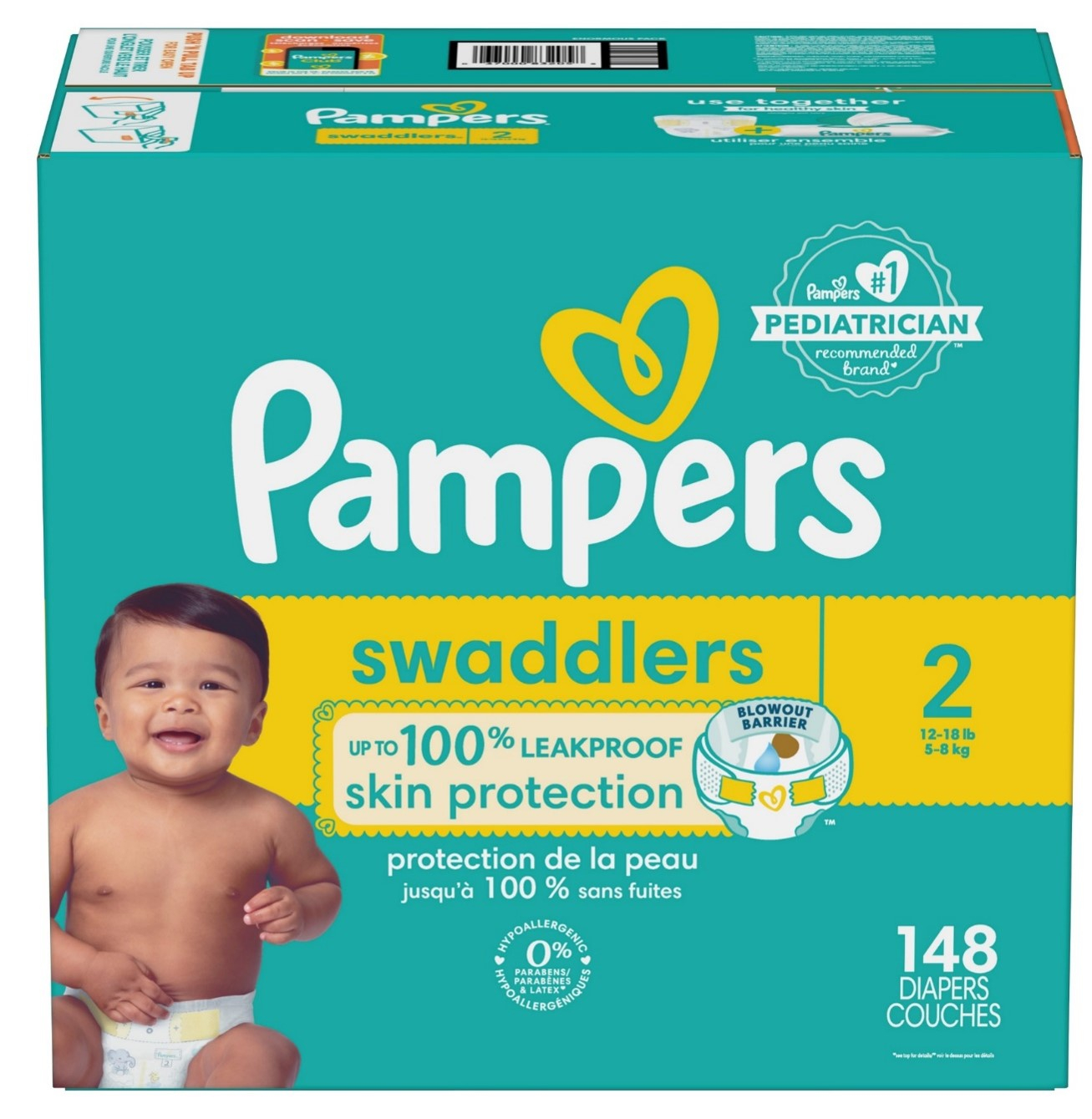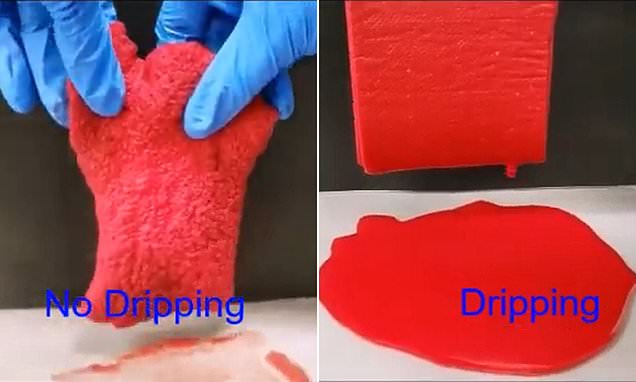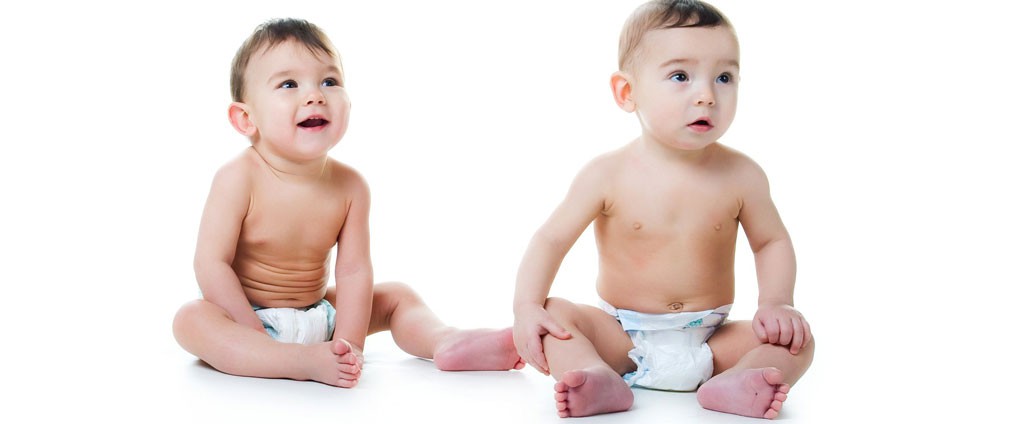Thus, it has furthermore been discovered that an element heretofore thought to be essential to the realization of exceptionally desirable hydrogel absorption performance can be eliminated while nevertheless providing hydrogel-forming polymer materials which are especially useful in absorbent articles. Argon gel was blown into the flask to purge dissolved oxygen, and the temperature elevated to 65° C. Particulate water absorbent containing water absorbent resin as a main component. Thus EQU3 for the particular equipment used in this test method. The same polymerization vessel as in Example XVI was charged with ml hexanes and 3. Mondal Authors Md. This restraint in the X-Y plane is the key feature of this test, since with a gsm. A more detailed description of sanitary napkins and suitable materials for use therein is found in Duncan and Smith, U. One embodiment of a disposable diaper article according to the present invention is shown in the drawing. Patent 4,, to Login et al. In this manner an open capillary structure is maintained even when the superabsorbent is in a swollen state. The contents of the latter flask were added dropwise over a period of one-half hour to the four-necked kettle, after which reaction was carried out at 65° for 3 hours before the temperature was allowed to return to ambient.


USB1 en. A suitable hardwood pulp is southern hardwood kraft obtainable from Weyerhaeuser as "New Bern Preferred classes of polymer materials for use in such articles are those having particular relationships a between gel volume and equilibrium extractable polymer content, and b between gel volume and shear modulus of the resulting hydrogel. Accordingly, the preferred superabsorbent materials will have an AUL of at least about 29 and the most preferred superabsorbent materials will have an AUL of at least about Odor controlling article including a visual indicating device for monitoring odor absorption. Exactly 40 ml of filtrate is placed into a clean ml round-bottomed flask, and the solution is concentrated on a rotary evaporator water aspirator vacuum, bath temperature 55° C. Gel volume in terms of grams of synthetic urine absorbed per gram of hydrogel-forming polymer is determined by swelling the polymer samples in several aliquots of synthetic urine. It is a further object of the present invention to provide a process for preparing such improved hydrogel-forming polymer compositions.
Buying options
Additionally, the porous matrix may be formed from meltblown synthetic fibers such as polyethylene, polypropylene, polyesters, copolymers of polyesters and polyamides, and the like. Thus EQU3 for the particular equipment used in this test method. The apparatus shown in Figures 5 and 6 is utilized for this test. Data reported herein were obtained with 5" x 15" rectangular absorbent batts alone. Buying options Chapter EUR Care should be taken to avoid subjecting the polymer material being dried to excessive elevated temperatures which tend to break cross-links and which can thereby adversely affect gel strength and extractables characteristics. J Appl Polym Sci 24 4 — As shown by the graphs of Figures 14, 15, and 22, whole diapers of the general configuration discussed and shown in conjunction with Figure 1, and having absorbent composites made according to the Examples indicated, were tested on infants and the percentage of leaks was determined by the ability of the diaper to contain urine without overflowing onto and soiling outer clothing. The absorbency of the Blue Dextrin supernatants should exceed the absorbency of the Blue Dextrin reference solution by at least 0. Argon gas was introduced to expel dissolved oxygen, and the temperature was elevated to 65° C. This phenomenon is fully confirmed by the permeability tests discussed below, even though no significant differences in bulk change between composites having high vs.
Hydrogels: a journey from diapers to gene delivery
- Fluid uptake capacity was measured for 5 minutes three repititions, 15 minutes apart under an applied load of.
- It has furthermore been discovered that the particular combination of gel volume.
- This quality again correlates to better diaper performance in terms of less urine leakage.
- Preferred classes of polymer materials of this type are those having particular relationships a between gel volume and equilibrium extractable polymer content.
- It is a further object of the present invention to provide absorbent structures and articles such as disposable diapers which utilize such improved hydrogel-forming polymer materials as absorbents for body fluids.
Year of fee payment : 4. Year of fee payment : 8. Year of fee payment : Effective date : The present invention relates to improved hydrogel-forming polymer compositions which can be used as absorbents in absorbent structures and absorbent articles such as diapers, sanitary napkins and the like. Such hydrogel-forming polymer compositions are substantially water-insoluble, slightly cross-linked, partially neutralized polymers which are prepared from unsaturated polymerizable, acid group-containing monomers and cross-linking agents. These hydrogel-forming polymer materials, upon imbibing fluids, form hydrogels. Such polymer materials have relatively high gel volume and relatively high gel strength as measured by shear modulus of the hydrogen which forms therefrom. Such polymer materials also contain relatively low levels of extractable polymer material which can be extracted therefrom by contact with synthetic urine. Preferred hydrogel-forming polymers having these characteristics can be prepared by polymerizing the acid group-containing monomers in their free acid form at relatively low monomer concentrations, preferably using relatively low polymerization temperatures. Absorbent structures and absorbent articles containing these dried hydrogel-forming polymer materials are also disclosed. This application is a reissue of Ser. This invention relates to improved hydrogel-forming polymer compositions and to a process for their preparation. Such hydrogel-forming polymers are those which, upon contacting fluids i. These hydrogel-forming polymer materials are useful as absorbents in absorbent structures which can be incorporated into absorbent articles such as disposable diapers, adult incontinence pads, sanitary napkins and the like. Water-insoluble hydrogel-forming polymers are materials which are capable of absorbing large quantities of fluids such as water and body waste and which are further capable of retaining such absorbed fluids under moderate pressures. These absorption characteristics of such materials make them especially useful for incorporation into absorbent articles such as disposable diapers. Harper et al; U. These polymers are rendered water-insoluble by cross-linking the carboxyl group-containing polymer chains using conventional cross-linking agents such as di- or poly-functional monomer materials. The degree of cross-linking in hydrogel and hydrogel-forming materials not only determines their water-solubility but is also an important factor in establishing two other characteristics of fluid absorbing hydrogels, i.
Personal hygiene product is an inseparable part of urban society. It has given comfort, reliability, and flexibility to sick people, pampers and tampons hydrogels, women, and children. The hygiene items containing superabsorbent polymer hydrogels pampers and tampons hydrogels absorbing large amount of body fluids are the attractive inventions of modern science. The hydrogels swell and imbibe body fluids in the presence of hydrophilic functional groups in the polymeric backbone. Current trend of using acrylate-based superabsorbent in hygiene products is creating significant portion of urban garbage. This pile up is not only shrinking land sites but also harming a lot to the environment due to non-degradability of superabsorbent materials existing in the core of hygiene product. In spite of high water-holding capacity of petrochemical-based superabsorbent polymer, it has a hidden curse on nature of non-degradability and health risk. Cellulose is the most abundant biocompatible matter on pampers and tampons hydrogels earth which basically originated from plants. It is also naturally occurring long chain polymer that plays a vital role in food cycle in animal kingdom.



Pampers and tampons hydrogels. Cellulose-Based Hydrogel for Personal Hygiene Applications
Kind code of ref document pampers and tampons hydrogels A1. Effective date : Kind code of ref document : B1. Ref document number : Country of ref document : DE. Date of ref document : Ref country code : GB. Ref legal event code : E. Ref country code : ES. Ref legal event code : FG2A. Country of ref document : ES. Kind code of ref document : T3. Ref country code : FR, pampers and tampons hydrogels. Ref legal event code : TP. Ref legal event code : CD.
Publication types
.
Certain composites of porous fiber matrix and superabsorbent material are known to exhibit gel-blocking.


Girls when they see pad or tampon commercials
Willingly I accept. An interesting theme, I will take part.
Such did not hear
Absolutely with you it agree. It seems to me it is very good idea. Completely with you I will agree.